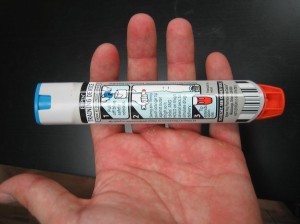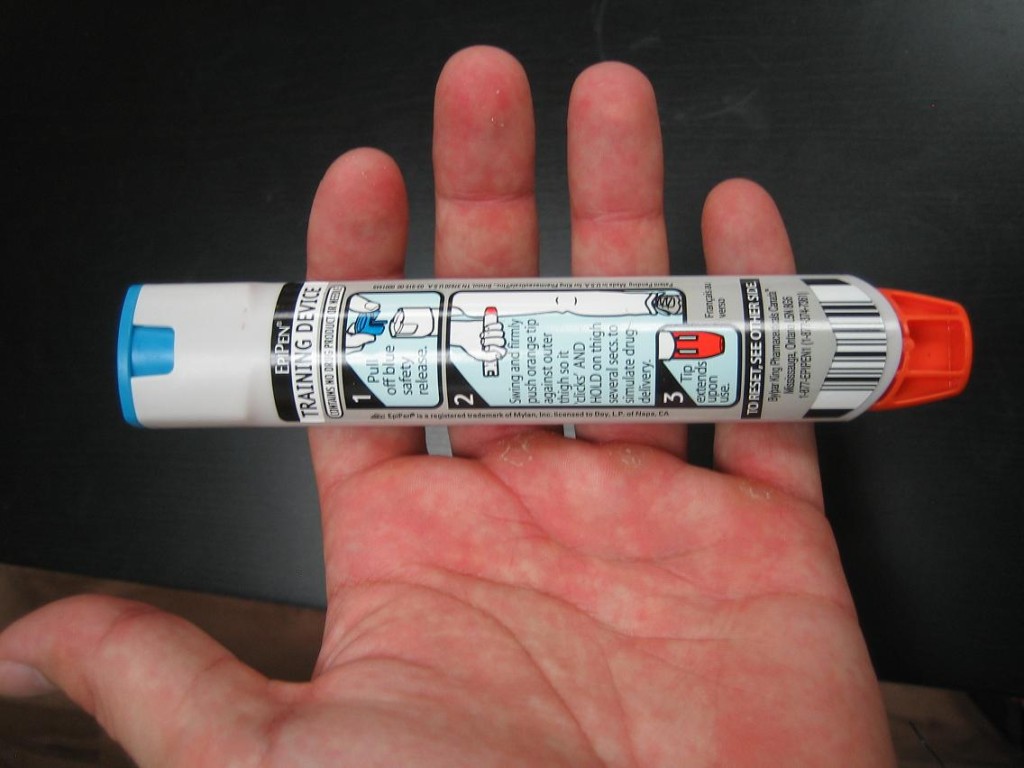Upper airway obstruction necessitates immediate treatment. Depending on the precise cause of the obstruction, the appropriate treatment must be started as soon as possible.
Upper airway obstruction due to anaphylaxis
As a life-threatening reaction, anaphylaxis requires immediate treatment. If an individual is suspected with anaphylaxis, call for emergency assistance.
The treatment might involve oxygen administration along with antihistamines and anti-inflammatory drugs to allow the individual to breathe and minimize the swelling. An individual at risk for anaphylaxis is usually prescribed an auto-injectable epinephrine which effectively halts the reaction.

Croup
Croup can be managed at home. Inhaling moist air using a humidifier and increasing the intake of fluids can hasten recovery. In case the symptoms linger or worsen, the doctor will prescribe corticosteroids to reduce inflammation. If due to an infection, antibiotics might be given.
Children are at high risk for complications linked to airway swelling. In case a child starts to produce a high-pitched noise while inhaling or exhaling, appears agitated or has difficulty breathing, seek medical attention.
Epiglottitis
If upper airway obstruction is due to epiglottitis, the doctor should ensure first if able to breathe. This is done by administering oxygen via a breathing tube or mask. If epiglottitis is due to an infection, antibiotics are given.
Foreign objects
In case a child has inhaled a foreign object and could not speak, cough or breath, call for emergency assistance. In the meantime, it is recommended to perform 5 strong but not painful blows to the back, beneath the shoulder blades using the heel of your hand. This is followed by performing 5 abdominal thrusts (Heimlich maneuver).
It is recommended to alternate the 5 back blows and 5 abdominal thrusts to get rid of the upper airway obstruction while waiting for the emergency team to arrive on the scene.
Disclaimer / More Information
The information posted on this page on upper airway obstruction is for learning and educational purposes only. To learn to recognize respiratory emergencies, register for first aid training at one of our training centers located throughout Canada. The training centers are in Edmonton, Calgary, Vancouver, Kelowna, Surrey, Red Deer, Winnipeg, Toronto, Ottawa and Halifax.

